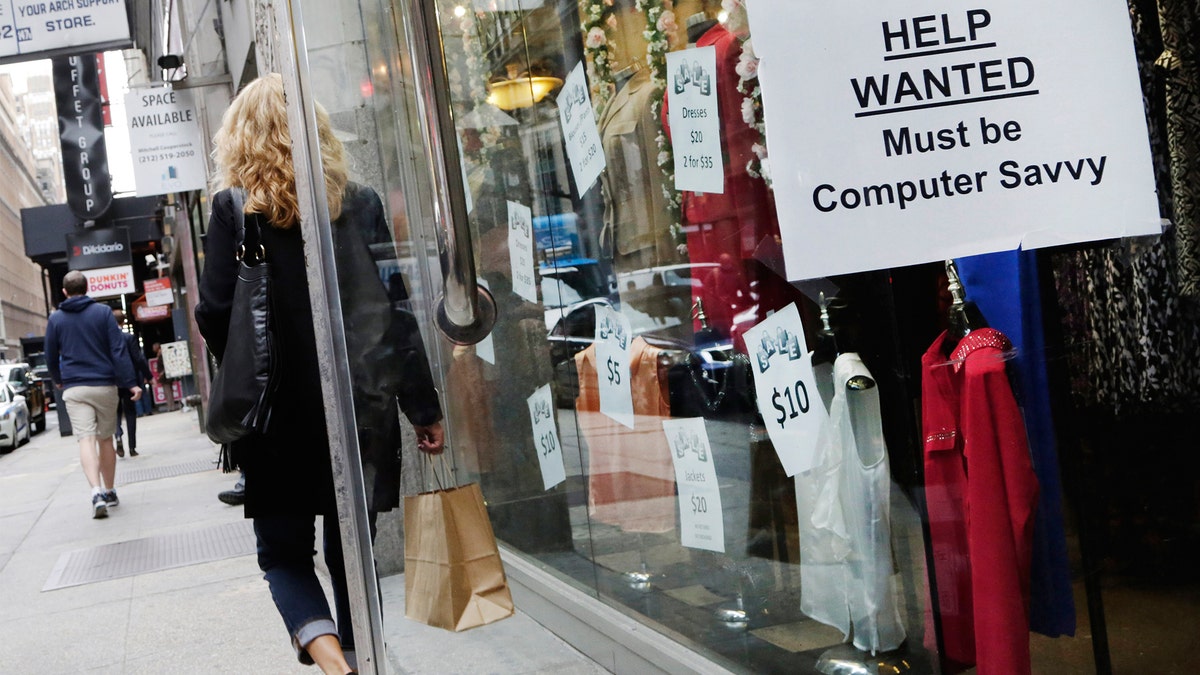
The national unemployment rate remained 5 percent for a third straight month, while the Hispanic unemployment rate lowered slightly to 6.3 percent in December, as more Americans started looking for work, and most found jobs.
According to the Department of Labor, American employers added a strong 292,000 jobs in December, suggesting that the U.S. economy is so far defying global trends and growing at a solid pace.
The government also said employers added a combined 50,000 more jobs in October and November than it had previously estimated. Hiring averaged 284,000 a month in the fourth quarter, the best three-month pace in a year.
Among the major worker groups, Hispanic unemployment is second highest following black Americans (8.3 percent) and whites (4.5 percent). The labor participation rate – the percentage of the population that is working – has remained unchanged nationally in recent months at 62.6 percent and that is also true for the participation rate for Latinos which is steady at about 65.6 percent. Though, it does indicate more Hispanics are working than the national average.
The strong figures underscore the resilience of the U.S. economy at a time of global turmoil stemming from China's slowing economy and plummeting stock market. Most economists expect solid U.S. consumer spending will offset any overseas drag, though many forecast only modest growth.
For months, U.S. employers have steadily added jobs even as global growth has flagged and financial markets have sunk. Stronger customer demand has given most businesses confidence to hire even though some sectors — notably manufacturing and oil and gas drilling — are struggling.
If employers continue to hire steadily and to raise wages consistently, consumers are expected to keep spending and to support U.S. economic growth even if foreign economies struggle.
Still, stumbling growth in countries like China, the world's second-largest economy, and financial market turmoil could pose long-term challenges for the U.S. economy. A strong dollar and faltering global growth have cut into exports of factory goods.
The dollar has climbed about 10 percent in value in the past year compared with overseas currencies. That has made U.S. goods more expensive globally while lowering the price of imported products.
In November, exports fell to their lowest level in nearly four years and helped shaved about 0.6 percentage point from the economy's growth in 2015, according to Goldman Sachs. Most analysts estimate that the economy expanded at a modest pace 2.5 percent last year.
Another blow to manufacturing has been oil prices, which fell to their lowest level in 12 years Thursday. Oil and gas drillers have responded by slashing payrolls and sharply cutting spending on steel pipes and other drilling equipment.
Manufacturers added just 17,000 jobs last year through November. Yet manufacturing makes up just 10 percent of the U.S. economy and oil and gas drilling even less. Consumer spending accounts for roughly 70 percent.
For now, Americans are confident enough to buy more homes. Sales of newly built homes jumped nearly 15 percent in 2015 and helped spur building and construction hiring: Construction companies added 215,000 jobs last year, a 3.4 percent gain.
In another sign of consumer health, auto sales rose to a record high last year as cheap gas and low interest rates led to booming sales of SUVs and pickup trucks.
Lower gas prices may have hurt the oil patch, but they should benefit consumers by cutting their gas bills. Chris Christopher, an economist at IHS, a forecasting firm, estimates that American households saved, on average, $722 last year from cheaper gas. He expects them to save an additional $217 in 2016 given the continuing drop in oil prices.
Based on reporting by the Associated Press.
